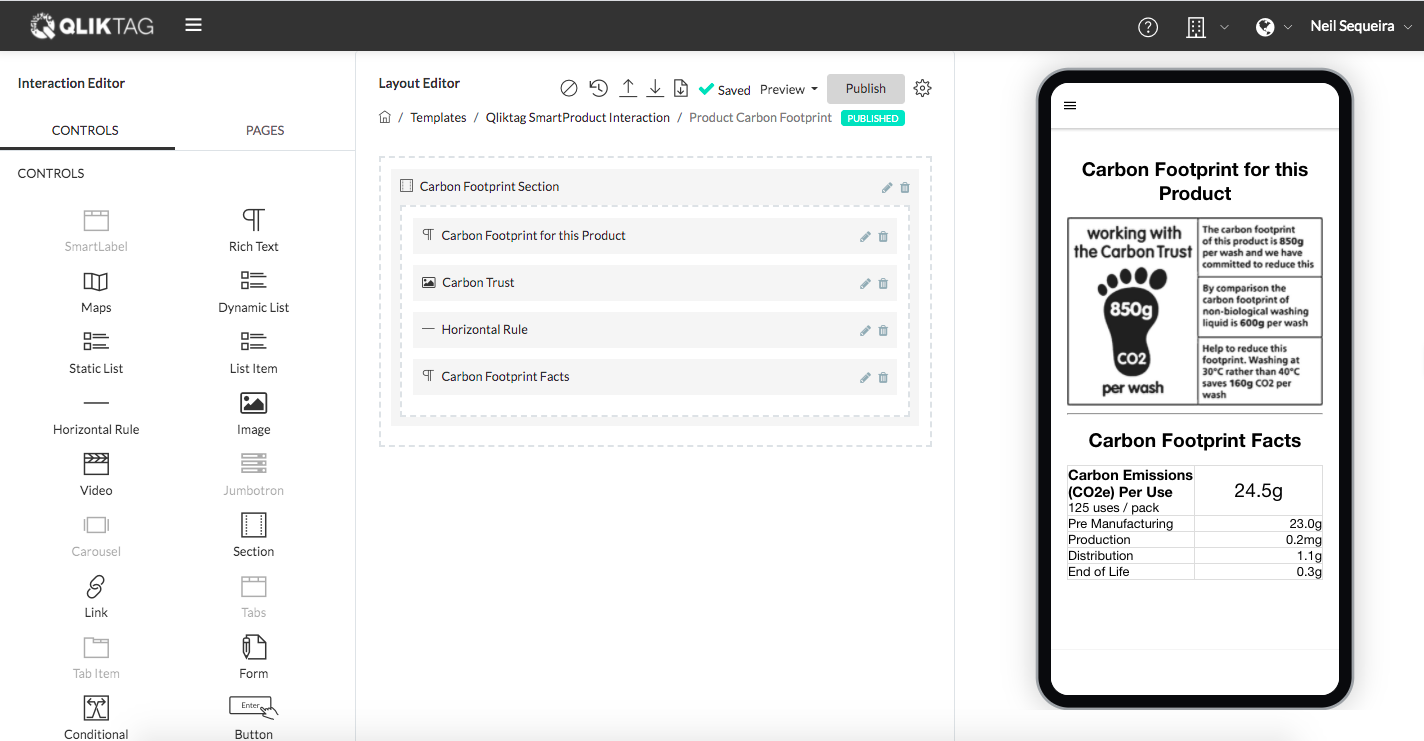Product Carbon Footprint Labeling & Climate Conscious Consumption

As the call for immediate action around climate change continues to grow stronger, more consumers are beginning to introspect on their consumption patterns, choices and impact of their purchases on the environment. Among the questions consumers are asking: where is the product manufactured or sourced from? What is the impact of manufacturing that product on carbon emissions and the environment? What is the fossil fuel use involved in transporting that product? What is the carbon footprint of this product?
Calculating product carbon footprint per unit of a consumer product and carbon foot print labeling is a fast emerging trend. Brands looking to build trust with their customers through transparency and disclosure have been actively making these calculations and employing ways to communicate this to consumers through the packaging.
The Product Carbon Footprint Label by Carbon Trust is one such initiative where experts work with brands to calculate product carbon footprints and also work on reducing them. The label features on a growing list of consumer products and enables consumers to quickly assess the carbon impact of their purchases in easy to digest pictorial formats.

Carbon facts tables presented much like Nutrition Facts Tables are another format emerging in popularity and Sustainability Facts Tables are another format gaining momentum in order to deliver this information via the packaging and be transparent with consumers. Similarly, regional groups across the world are working towards creating their own formats or trust marks for communicating product carbon footprints and delivering as much information as they can to help consumers make their own informed decisions.

Carbon labeling on product packaging however is not alone in its need to be featured prominently on the packaging. Demands for more detailed nutrition labeling, GMO labeling, sustainability information labeling, packaging recycling information labeling, food safety information labeling, certification labeling are all growing from consumers as well as regulators. Real estate on packaging and ability to include more information is limited and digital formats are the way forward. With IoT smart products, connected packaging or smart packaging solutions available, brands can rapidly adopt new labeling requirements without serious concerns about physical space available on the label.
The introduction of breakthrough global standards and technologies like the GS1 Digital Link, offer the opportunity for brands to deploy product carbon footprint labeling information as well as other critical consumer information in a digital format using a single multi-purpose QR code / data matrix on the packaging. A single code on the packaging from where a consumer, regulator or stakeholder can access virtually limitless information and different experiences including e-labels to have as much information as they need to make informed purchase decisions.

The digital format also allows brands to update their product specific data values in real time so if efforts to reduce the per unit carbon footprint have resulted in real impact and reduction in the product carbon footprint, that value can be updated across all products and communicated to the consumer in real-time.
Whether brands choose to adopt a labeling standard for communicating product carbon footprint or design their own label formats to communicate this increasingly important attribute based on their own data and calculations, this is a rapidly emerging area of importance. With the right approach and system in place to make this available, brands and consumers can evolve a solution together which works for everyone and has a positive impact on sustainability.







